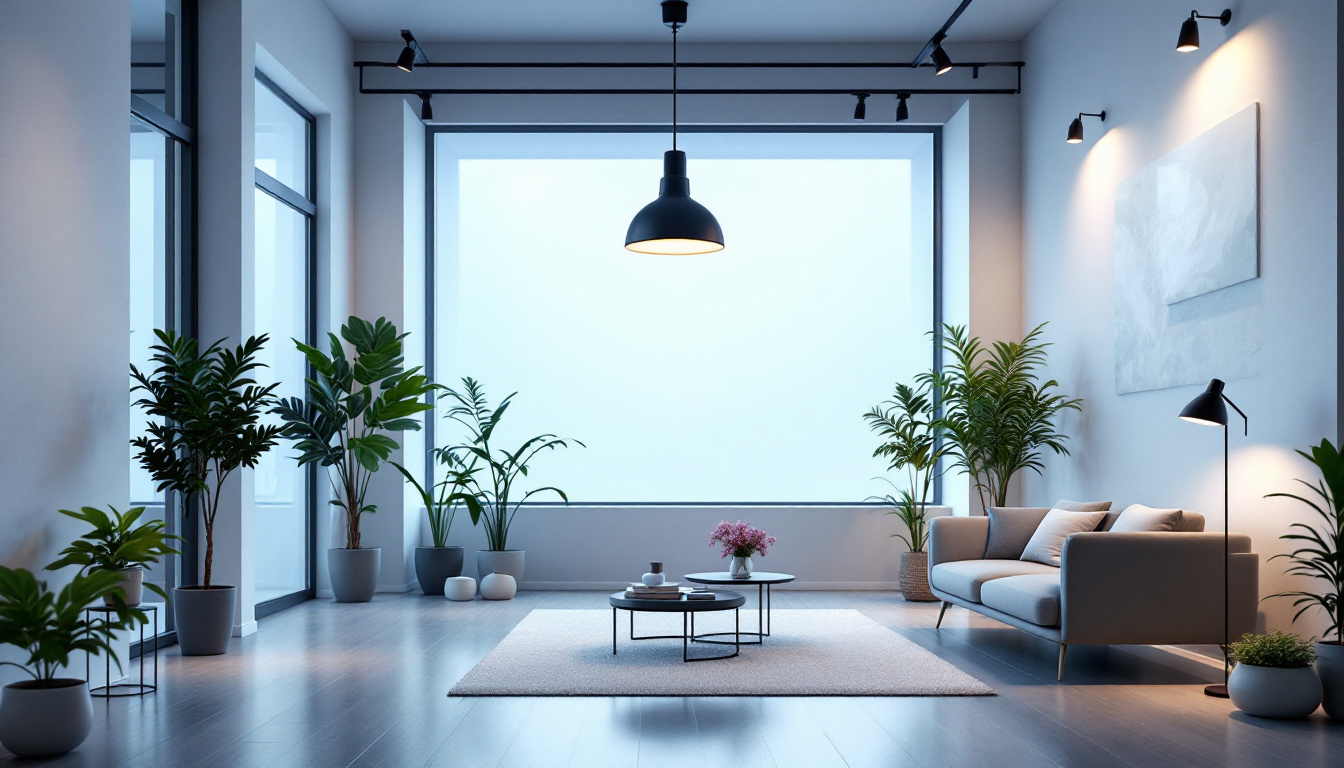
In the ever-evolving world of lighting technology, fixture LED lighting has emerged as a game-changer for lighting installation projects. With its energy efficiency, longevity, and versatility, LED lighting is not just a trend but a fundamental shift in how lighting systems are designed and implemented. This article delves into the various ways fixture LED lighting can enhance lighting installation projects, offering insights specifically tailored for lighting contractors.
Fixture LED lighting refers to light-emitting diode technology integrated directly into lighting fixtures. Unlike traditional incandescent or fluorescent bulbs, LED fixtures provide a complete lighting solution that is often more efficient and sustainable. This section will explore the core characteristics of fixture LED lighting and its benefits.
One of the most significant advantages of fixture LED lighting is its energy efficiency. LEDs consume significantly less power than traditional lighting options, which translates to lower energy bills for clients. For lighting contractors, this means the ability to offer clients a solution that not only reduces their carbon footprint but also saves them money in the long run.
Moreover, the longevity of LED fixtures contributes to cost savings. With lifespans often exceeding 25,000 hours, these fixtures require less frequent replacement. This durability reduces maintenance costs and the hassle of regular bulb changes, making LED fixtures an attractive option for both residential and commercial projects. Additionally, many utility companies offer rebates and incentives for switching to energy-efficient lighting, further enhancing the financial benefits for clients who make the transition to LED technology.
Fixture LED lighting comes in a variety of designs, shapes, and sizes, allowing for greater flexibility in installation. Whether it’s for recessed lighting, track lighting, or outdoor fixtures, the adaptability of LED technology means that lighting contractors can meet diverse client needs without compromising on aesthetics.
This versatility also extends to color temperature options. From warm white to cool daylight, contractors can tailor the lighting to enhance the ambiance of any space. This customization capability not only satisfies client preferences but can also elevate the overall design of the project. Furthermore, many LED fixtures now feature adjustable brightness levels and smart technology integration, enabling users to control their lighting remotely or set schedules, which adds another layer of convenience and energy management. As smart homes become increasingly popular, the ability to incorporate LED fixtures into a comprehensive home automation system is a significant advantage for both contractors and homeowners alike.
Lighting quality is a critical aspect of any installation project. Fixture LED lighting offers superior quality compared to traditional options, influencing both functionality and aesthetics. This section discusses how LED lighting can enhance the overall experience of a space.
One of the standout features of fixture LED lighting is its exceptional color rendering index (CRI). A higher CRI means that colors appear more vibrant and true to life under LED lighting. This is particularly important in settings such as art galleries, retail spaces, and restaurants, where the accurate representation of colors can significantly impact the customer experience.
For lighting contractors, understanding the importance of CRI can help in selecting the right fixtures for a project. By opting for LED fixtures with high CRI ratings, contractors can ensure that their clients are satisfied with the visual appeal of their spaces. Moreover, the psychological effects of color cannot be overlooked; warm colors can evoke feelings of comfort and relaxation, while cooler tones can stimulate energy and focus. This nuanced understanding of color dynamics allows for the creation of environments that not only look good but also feel good, enhancing the overall ambiance.
Another advantage of fixture LED lighting is the reduction of flicker and glare, common issues associated with traditional lighting. Flickering lights can cause discomfort and eye strain, particularly in work environments. LED fixtures, when properly designed, provide a stable light output that minimizes these issues.
Additionally, glare can detract from the functionality of a space, making it difficult to focus on tasks. By choosing LED fixtures with appropriate diffusers and optics, lighting contractors can create a more comfortable environment, enhancing productivity and user satisfaction. The thoughtful placement of lighting fixtures can further mitigate glare, ensuring that light is distributed evenly across surfaces. This attention to detail not only improves visual comfort but also contributes to the overall safety of a space, as well-lit areas reduce the risk of accidents and enhance navigation. Furthermore, the integration of dimmable LED options allows users to adjust lighting levels based on their specific needs, providing flexibility that traditional lighting simply cannot match.
For lighting contractors, the installation process is a crucial factor in project efficiency and client satisfaction. Fixture LED lighting can significantly streamline this process, making it easier and faster to complete installations.
Many LED fixtures are designed to be lightweight and compact, which simplifies the installation process. Unlike traditional fixtures that may require extensive support structures, LED fixtures can often be mounted with minimal effort. This not only speeds up the installation but also reduces labor costs.
Furthermore, the compact nature of LED fixtures allows for more creative installation options. Contractors can explore unique placements that may not have been feasible with bulkier traditional fixtures, enhancing the overall design of the space. For instance, LED strip lights can be easily integrated into architectural features like coves or under cabinets, providing a seamless look that elevates the aesthetic appeal of any room.
Fixture LED lighting often comes equipped with integrated controls and compatibility with smart technology. This feature allows for easy integration into existing systems, enabling contractors to offer clients advanced lighting solutions such as dimming, color changing, and automated scheduling.
By incorporating smart technology into installations, contractors can provide added value to their clients, making spaces more adaptable and user-friendly. This capability not only enhances the functionality of the lighting but also positions contractors as forward-thinking professionals in the industry. Moreover, the ability to control lighting remotely through smartphone apps or voice-activated devices adds a layer of convenience that modern clients increasingly expect. As energy efficiency becomes a priority, these smart systems can also help monitor usage and optimize performance, further appealing to environmentally-conscious consumers.
Additionally, the integration of sensors and automation can lead to significant energy savings. For example, occupancy sensors can ensure that lights are only on when needed, reducing waste and extending the lifespan of the fixtures. This not only benefits the environment but also aligns with the growing trend of sustainability in construction and renovation projects. By embracing these innovations, contractors not only enhance their service offerings but also contribute to a greener future.
As sustainability becomes increasingly important in construction and design, fixture LED lighting offers a more environmentally friendly option compared to traditional lighting. This section explores the environmental benefits of LED technology and its implications for lighting contractors.
Fixture LED lighting contributes to a lower carbon footprint due to its energy efficiency. By consuming less power, these fixtures reduce the demand on power plants, which often rely on fossil fuels. For lighting contractors, promoting LED solutions aligns with growing consumer preferences for sustainable practices.
Furthermore, the long lifespan of LED fixtures means fewer materials are needed for replacements, reducing waste in landfills. This aspect of sustainability is increasingly appealing to clients who prioritize eco-friendly solutions in their projects.
Unlike traditional fluorescent lights that contain hazardous materials such as mercury, LED fixtures are generally free from toxic substances. This makes them safer for both installation and disposal. Many LED components are also recyclable, further contributing to a sustainable lifecycle.
By choosing LED fixtures, lighting contractors can confidently promote a safer and more sustainable option to their clients, enhancing their reputation as environmentally conscious professionals.
While fixture LED lighting offers numerous advantages, it is essential for lighting contractors to be aware of potential challenges and considerations when integrating this technology into their projects.
One of the primary challenges associated with fixture LED lighting is the initial investment cost. Although prices have decreased over time, LED fixtures can still be more expensive upfront compared to traditional lighting options. Contractors must effectively communicate the long-term savings and benefits to clients to justify this initial expense.
Additionally, contractors should work closely with clients to develop budgets that account for the higher initial costs while emphasizing the return on investment through energy savings and reduced maintenance costs.
In some cases, integrating fixture LED lighting into existing electrical systems can pose challenges. Contractors should assess the compatibility of LED fixtures with current wiring and dimming systems to avoid issues during installation. This may require additional planning and adjustments to ensure a seamless transition.
Educating clients about potential limitations and the need for system upgrades can help set realistic expectations and foster a smoother installation process.
Fixture LED lighting represents a significant advancement in lighting technology, offering numerous benefits that can enhance lighting installation projects. From energy efficiency and improved lighting quality to streamlined installation processes and sustainability, the advantages of LED fixtures are compelling for both contractors and clients.
As the demand for energy-efficient and environmentally friendly solutions continues to grow, lighting contractors who embrace fixture LED lighting will be well-positioned to meet the needs of their clients. By understanding the unique features and benefits of LED technology, contractors can provide exceptional service and innovative solutions that elevate their projects and contribute to a more sustainable future.
Ready to take your lighting installation projects to the next level? At LumenWholesale, we provide lighting contractors with the finest spec-grade LED fixtures that embody energy efficiency and sustainability. Our commitment to quality and affordability ensures that you can access the best lighting products at wholesale prices, without the extra costs. Embrace the future of lighting with our extensive selection and enjoy the ease of bulk buying with free shipping. Elevate your service offerings and delight your clients with cutting-edge solutions. Discover the unbeatable value we offer by visiting Wholesale Lighting at the Best Value today.
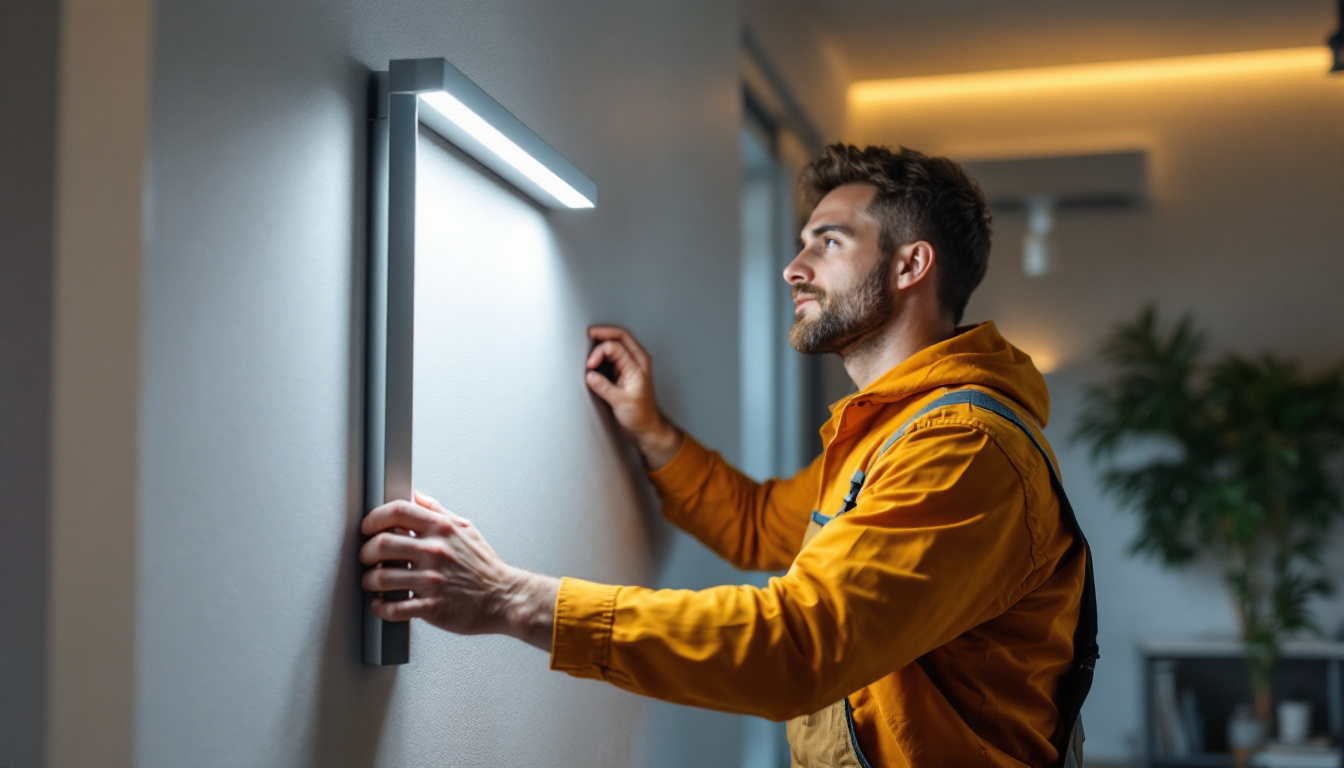
Discover innovative hacks and expert tips for smart lighting contractors looking to master LED wall mount installations.
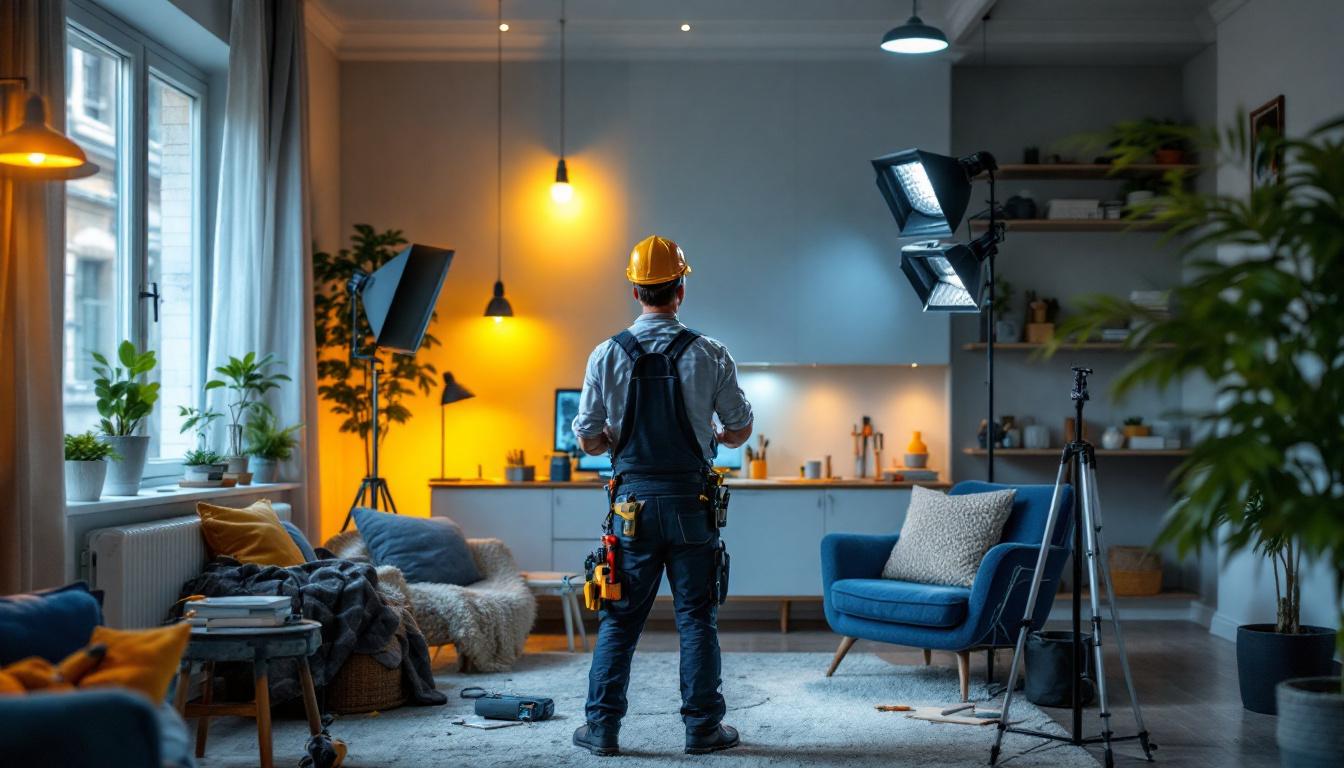
Discover the essential checklist for lighting contractors with “Driver Light.” This comprehensive guide covers everything from project planning to installation, ensuring seamless and efficient lighting solutions for any space.
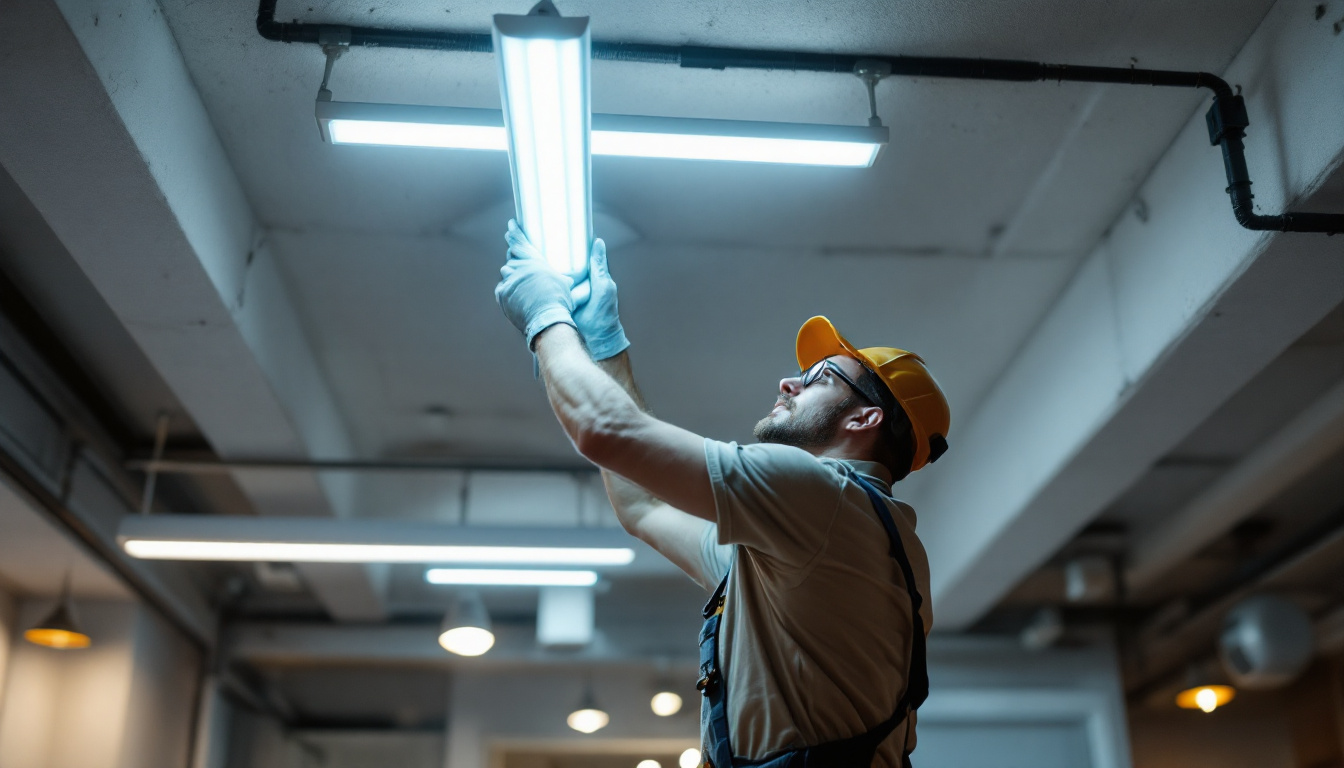
Discover how lighting contractors can enhance their projects with the versatile Hanging 2 Lights Fluorescent Ho Light Fixture.
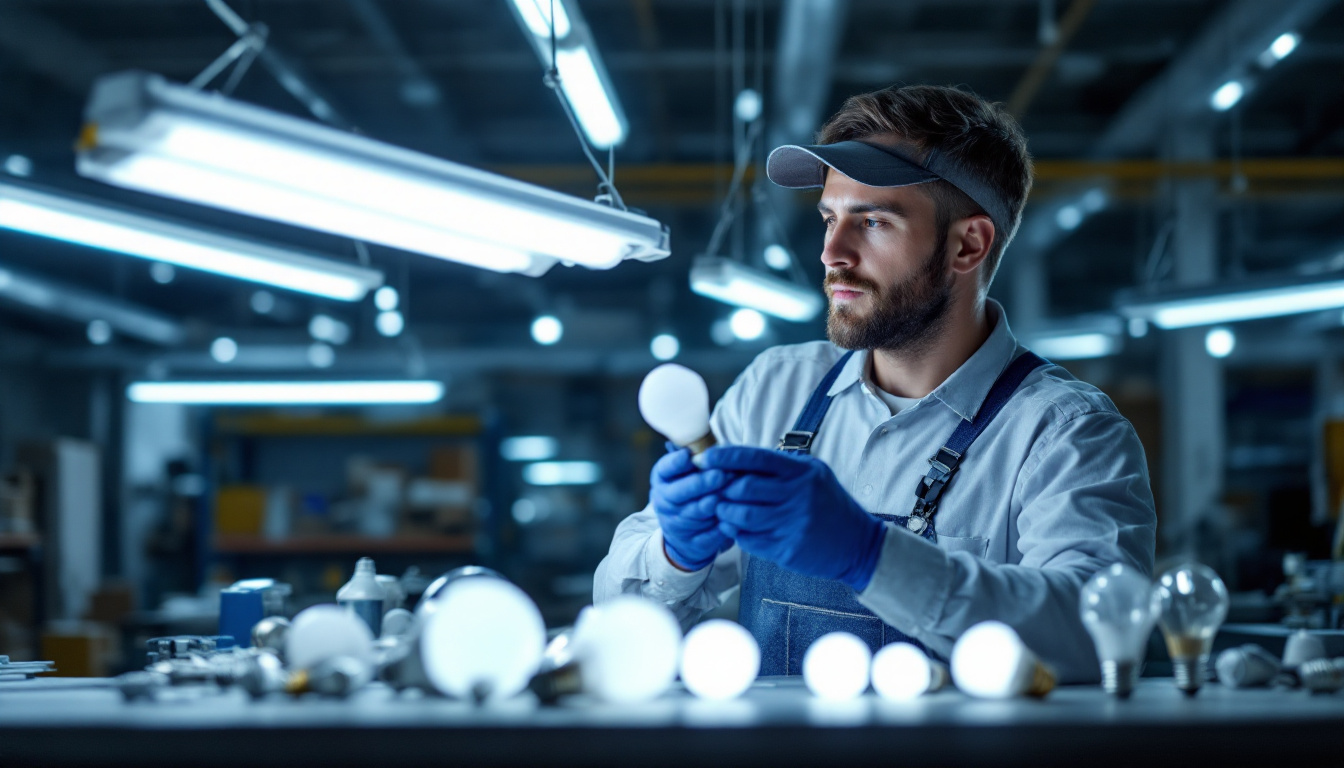
Discover the evolution and impact of fluorescent light bulbs in the lighting industry.